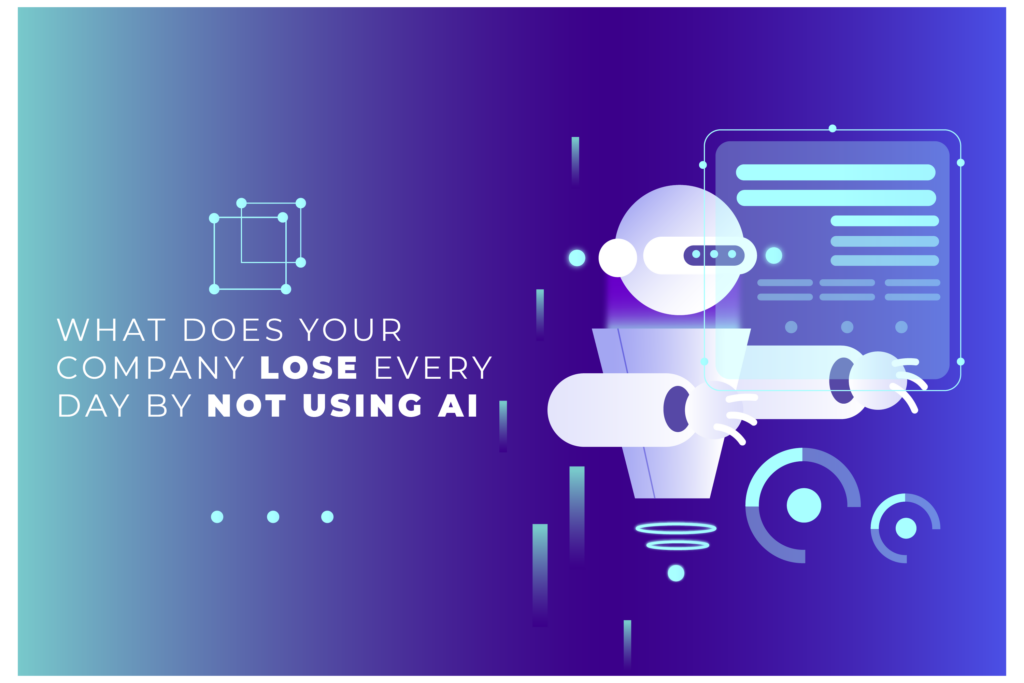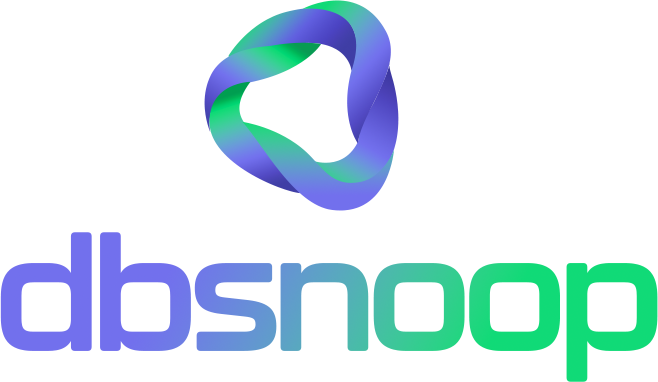

The meeting begins with a difficult question: “Why is the new recommendation feature, which promised to increase sales by 15%, having such a low adoption rate?”. The product team shows poor engagement data. The marketing team reports that customers are complaining about slowness. The technology team, in turn, presents dashboards that, on the surface, look normal. What no one in the room realizes is that the answer doesn’t lie in the business reports, but in the technology operation’s inability to diagnose the root cause of the poor performance that is sabotaging the initiative.
This scene is a microcosm of the daily and silent loss that companies face by not applying Artificial Intelligence (AI) to the management of their data environments. This loss is not a line item on the financial statement, but an invisible tax paid every single day. It’s a tax on the time of your most expensive team, a tax on your business agility, and a tax on your cloud costs. Not using AI for data observability is no longer a technological decision; it’s a financial decision that is draining resources and opportunities from your company, day after day.
The Invisible Cost: The 3 Daily Losses of Traditional Management
When a company operates without a layer of intelligence in its monitoring, it pays a price in three different currencies.
1. The Loss of Human Capital (The Time Tax)
Your team of engineers, SREs, and DBAs is the most valuable and expensive resource in your technology operation. In a traditional model, when a performance incident occurs, what do they do?
- The Manual Investigation: They begin a reactive “treasure hunt,” jumping between APM dashboards, server logs, and database terminals, trying to manually correlate disparate events to find the root cause.
- The Real Cost: Every hour your best engineers spend on this reactive hunt is an hour they are not spending on innovation, developing new features, or optimizing the architecture. The lack of AI to automate diagnosis forces you to use your most expensive human capital as a first-line troubleshooting tool, one of the most inefficient resource allocations possible.
- The Daily Loss: Wasted engineering hours on reactive troubleshooting, resulting in lower development velocity and a higher risk of burnout.

2. The Loss of Business Agility (The Opportunity Tax)
The performance and stability of your data platform are not IT problems; they are business enablers. An unstable and unpredictable environment creates a culture of fear.
- The Hesitation to Innovate: The product team hesitates to launch new features because they fear the platform can’t handle the load. Deployments are delayed. Expansion into new markets is seen as a technical risk.
- The Real Cost: The inability to innovate and scale with confidence means your company is losing the race against more agile competitors. Performance is not a “nice-to-have”; it is the foundation upon which revenue opportunities are built. The lack of AI to ensure stability and predict bottlenecks transforms your infrastructure from an accelerator into a brake.
- The Daily Loss: Lost revenue opportunities, slower time-to-market, and a growing competitive disadvantage.
3. The Loss of Financial Efficiency (The Cloud Tax)
How do teams deal with performance problems they can’t diagnose? The most common answer is brute force.
- Overprovisioning: “The database is slow? Scale up the instance. Double the RAM. Add more vCPUs.” This approach of throwing hardware at the problem is extremely expensive, especially in the cloud.
- The Real Cost: You are paying an inflated cloud bill not because your application needs those resources, but because you lack the insights to optimize it. The lack of AI to identify the inefficient query or the missing index that is the true cause of the slowness leads to massive and continuous financial waste.
- The Daily Loss: Unnecessarily high cloud costs with a low return on infrastructure investment.
The Solution: Turning Losses into Gains with dbsnOOp
dbsnOOp was built to eliminate these three invisible taxes by injecting an Artificial Intelligence engine into the heart of your data operation.
- Eliminating the Time Tax: dbsnOOp automates root cause analysis. Instead of spending hours correlating metrics, your team receives a precise diagnosis in seconds: the exact query, the problematic execution plan, the index recommendation. This frees up your human capital to focus on innovation.
- Eliminating the Opportunity Tax: By providing a stable and predictive platform, dbsnOOp gives your team the confidence to innovate. Proactive bottleneck detection and performance regression analysis ensure that new deployments do not introduce instability.
- Eliminating the Cloud Tax: dbsnOOp provides the insights for real optimization. Instead of overprovisioning, you can identify and fix the inefficiency at its source, allowing for the “right-sizing” of your infrastructure and a drastic reduction in your cloud costs.
The question isn’t “how much does it cost to implement AI?”. The question is “how much does it cost to continue not implementing it?”.
Stop paying this invisible bill. Transform daily losses into gains in efficiency, agility, and innovation. Schedule a meeting with our specialist or watch a live demo!
Schedule a demo here.
Learn more about dbsnOOp!
Learn about database monitoring with advanced tools here.
Visit our YouTube channel to learn about the platform and watch tutorials.

Recommended Reading
- AI Database Tuning: This article is the most direct and fundamental reading, explaining how Artificial Intelligence is applied in practice to optimize databases and generate the gains discussed.
- dbsnOOp: The Monitoring and Observability Platform with an Autonomous DBA: Understand the complete vision of the platform that serves as the AI engine, and how its components work together to eliminate the invisible taxes of the operation.
- What is query degradation and why does it happen?: A perfect example of a complex and silent problem that the human brain has difficulty tracking over time, but which is an ideal use case for AI’s baseline and predictive analysis.

